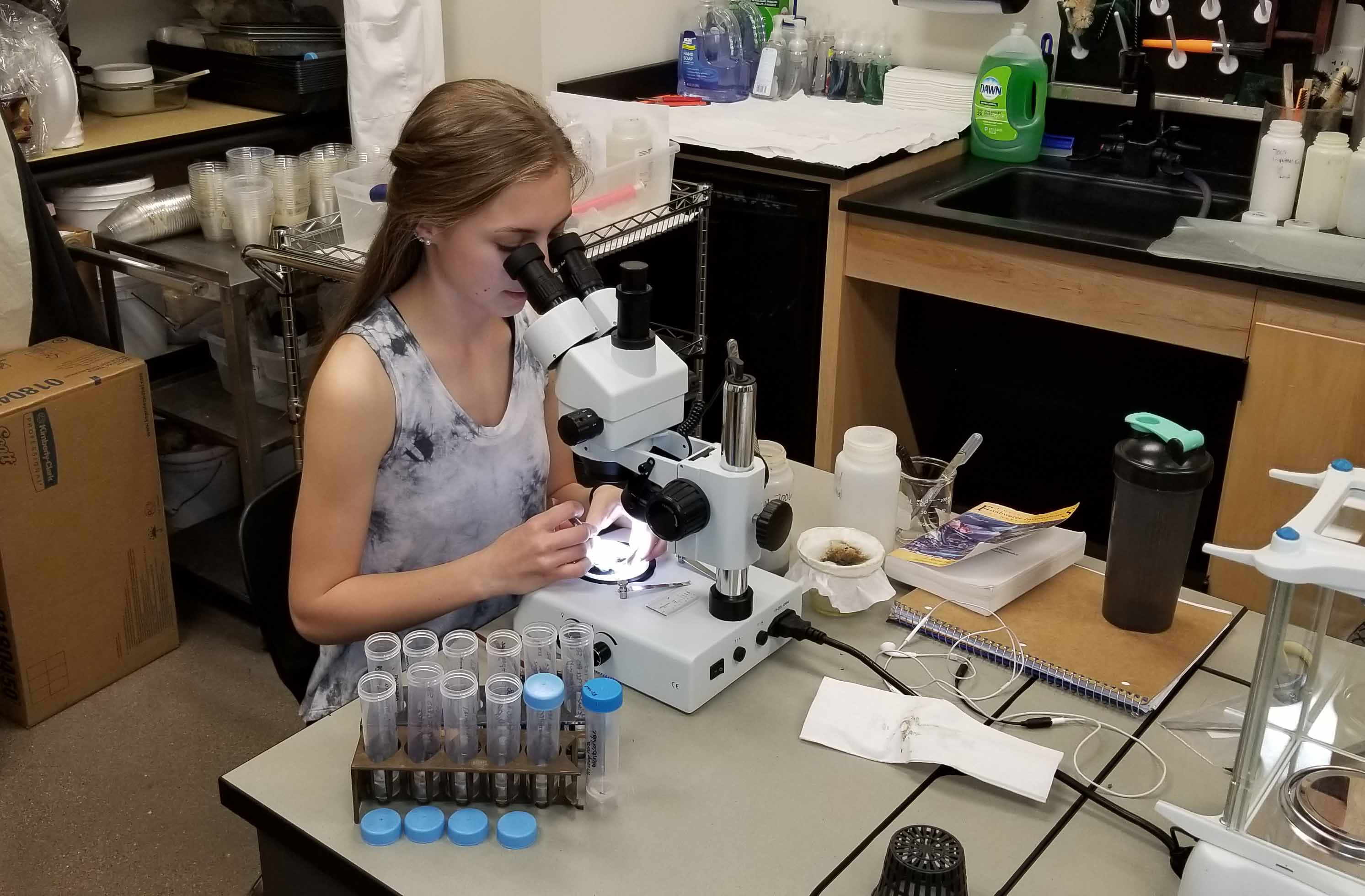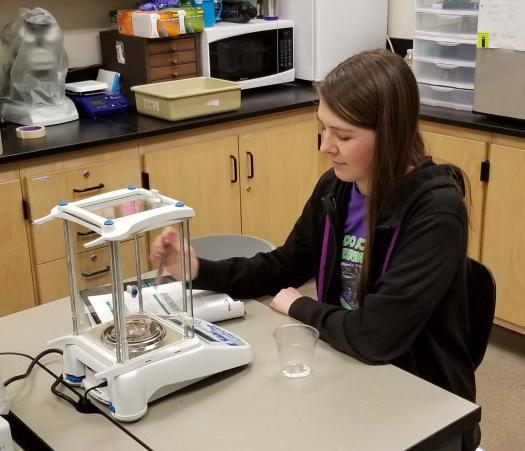A 10,000-foot mountain pass won’t stop these kids

Monte Vista High School is located in a remote part of Colorado. So remote that the nearest population center is a three-hour drive that requires traveling through a 10,000-foot mountain pass. Unlike schools located close to universities, where research program partnerships are often offered, Monte Vista lacks this type of access to labs and scientific mentors at these locations because of its rural location. Like many rural schools, Monte Vista also lacks funding for research equipment and science fair entry fees.
“To support student research, we use a lot of standard classroom supplies and equipment, but this severely limits the type of research and data collection the students can do,” said Loree Harvey, a biology teacher at the school.

Receiving the Society for Science & the Public STEM Research Grant has made a substantial and meaningful difference to Loree and her students.
“This grant enabled us to purchase specialized equipment that high schools in our regions typically can’t afford, giving students a much greater opportunity to expand their research ideas and explore topics that very likely would have been out of their reach prior to the grant funding,” Loree said.
One student is now able to monitor the water quality of a tributary of the Rio Grande as part of a larger project investigating the effects of natural acidification of a river due to mineral-laden sediments. With the purchase of salinity and turbidity Vernier probes, afforded by the STEM Research grant, one student has been able to make their research more efficient and accurate. Other students are using heating mats, grow lights, growth media, and various other greenhouse equipment to test the effects of GMO pesticides on soil bacteria.
Loree and her students are especially excited about the new analytical balance that she purchased with the grant. Students are using it to record differences in weight of insect biomass, changes in weight of plastics consumed by mealworms, and changes in weight of filter paper after sampling indoor and outdoor air in several locations in the area.
“In our geographic area, there is only one of these scales available at a federal water quality lab, and access to it is difficult since their hours are limited. They are a considerable distance from our school, and its use is dedicated to the mission of that agency. Access to an analytical balance is no longer a barrier to us, and I am just thrilled,” Loree said.


